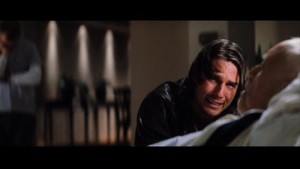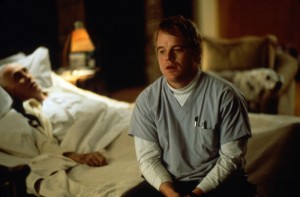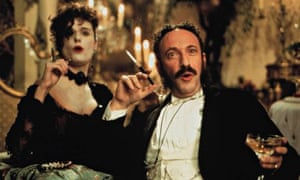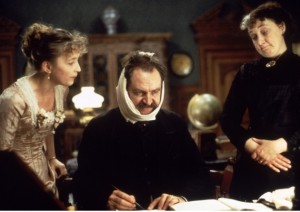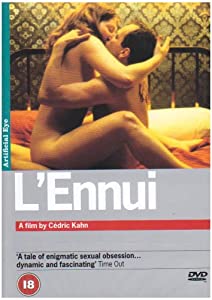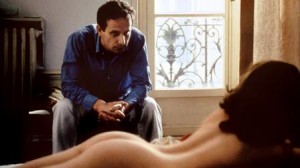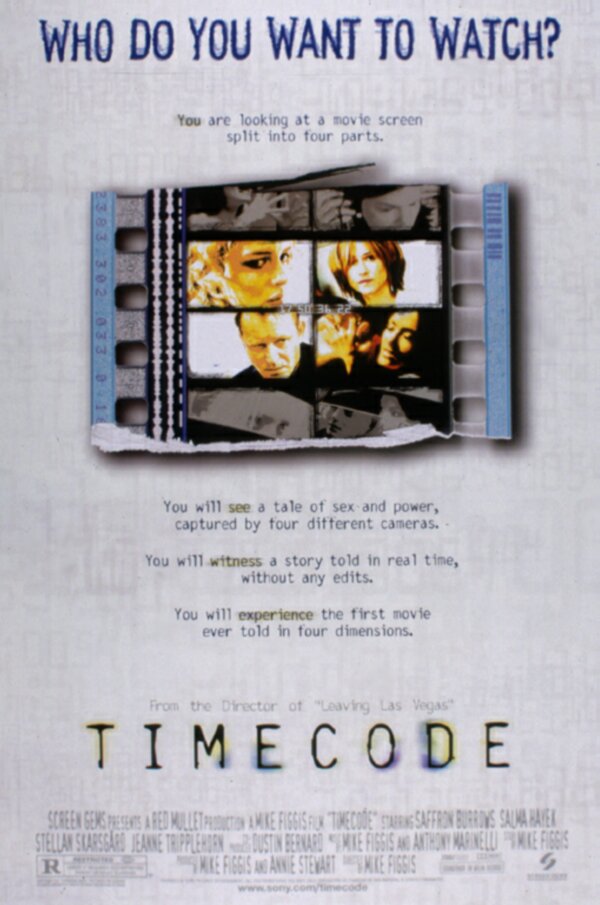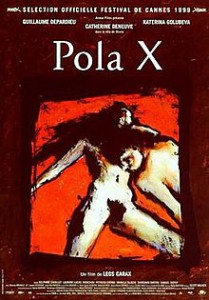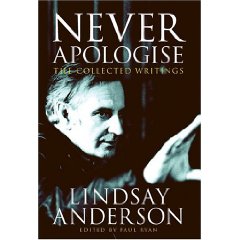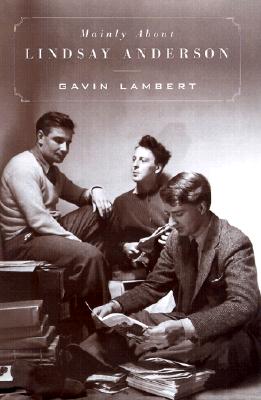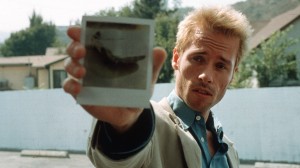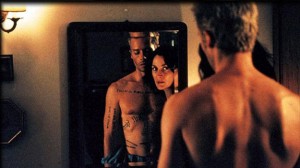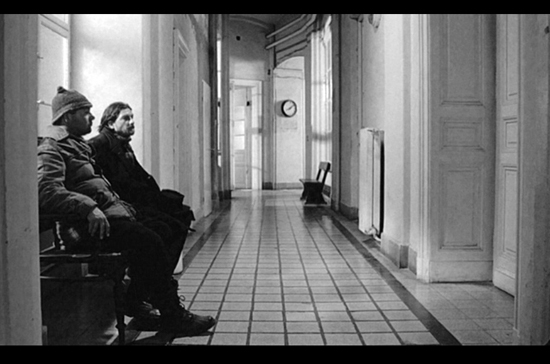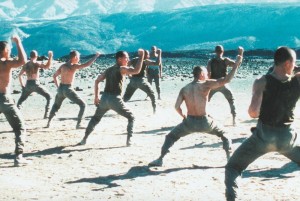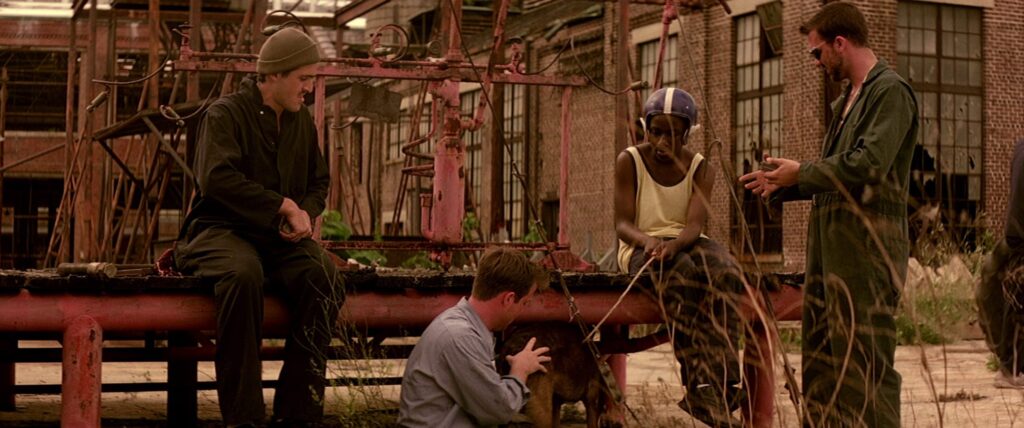From the Chicago Reader (January 1, 2000). — J.R.
Alain Resnais, probably the greatest living French filmmaker, has never made an indifferent or unadventurous film, and he’s much more talented and innovative than Francois Truffaut. On connait la chanson (1997, 120 min.), a more accurate translation of which might be I Recognize the Tune, was inspired by British screenwriter Dennis Potter (Pennies From Heaven); its characters frequently break into lip-synched French pop songs, which serve as cross-references to their moods and aren’t always bound by gender. (When Resnais made similar use of French film clips in Mon oncle d’Amerique, contemporary actress Nicole Garcia was cross-referenced with Cocteau’s actor Jean Marais.) A comedy about real estate and class differences, Same Old Song was the biggest hit of Resnais’ career in France, superbly capturing Paris in the 90s; it’s less popular among viewers unfamiliar with the music, but even if you can’t follow all the nuances, this is fun and different and at times mysterious (periodically revealing Resnais’ surrealist roots). Written by and costarring the talented couple Jean-Pierre Bacri and Agnes Jaoui, who previously scripted and acted in Un air de famille (and wrote Resnais’ previous two features), this also has graceful performances by Resnais regulars Sabine Azema, Pierre Arditi, and Andre Dussollier. Read more



